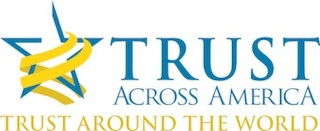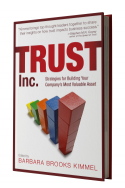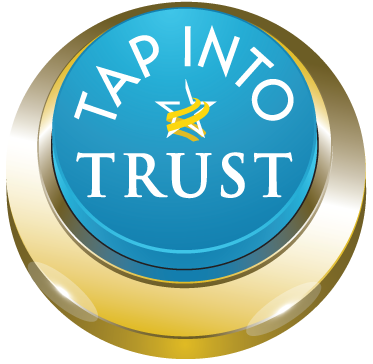June is “Talk” Month
according to Trust Across America’s
2014 Calendar
Your stakeholders need to know what steps you are taking to build a trustworthy organization. Quarterly numbers are no longer the “be all and end all.” In fact, evidence is mounting that a trustworthy culture and profitability go hand in hand.
During the 52 weeks of 2014 you can build trust in your organization by thinking about, discussing and following the advice of the experts. Below are weekly reflections on trust for the 5 weeks in June 2014.
Week 1: It’s going to take a substantial collaborative effort to bring trust back to the heart of how we live and work. Barbara Brooks Kimmel, Trust Across America – Trust Around the World @BarbaraKimmel
Week 2: There’s nothing more destructive to trust than deceit, and nothing more constructive than candor, Jim Kouzes & Barry Posner, The Leadership Challenge @KouzesPosner
Week 3: Doctor-patient relationships that don’t foster trust don’t work because the doctor or the patient has not sought a way to share or relinquish control. Shirie Leng, MD
Week 4: When people trust an organization, they are more likely to exhibit supportive behavior. Linda Locke @Reputationista
Week 5: Corporate trust and reputation matter, and they are the most valuable asset of every enterprise. Michael Lowenstein, Ph.D., CMC, Beyond Philosophy @Lowen42
Please share your comments and suggestions! Email: barbara@trustacrossamerica.com
Barbara Brooks Kimmel, Executive Director, Trust Across America – Trust Around the World
Editor Trust Inc. Strategies for Building Your Company’s Most Valuable Asset (a 2014 Nautilus & Eric Hoffer Book Award winner)


 AmeriHealth NJ @AmeriHealthNJ
AmeriHealth NJ @AmeriHealthNJ General Motors @GM
General Motors @GM
Recent Comments